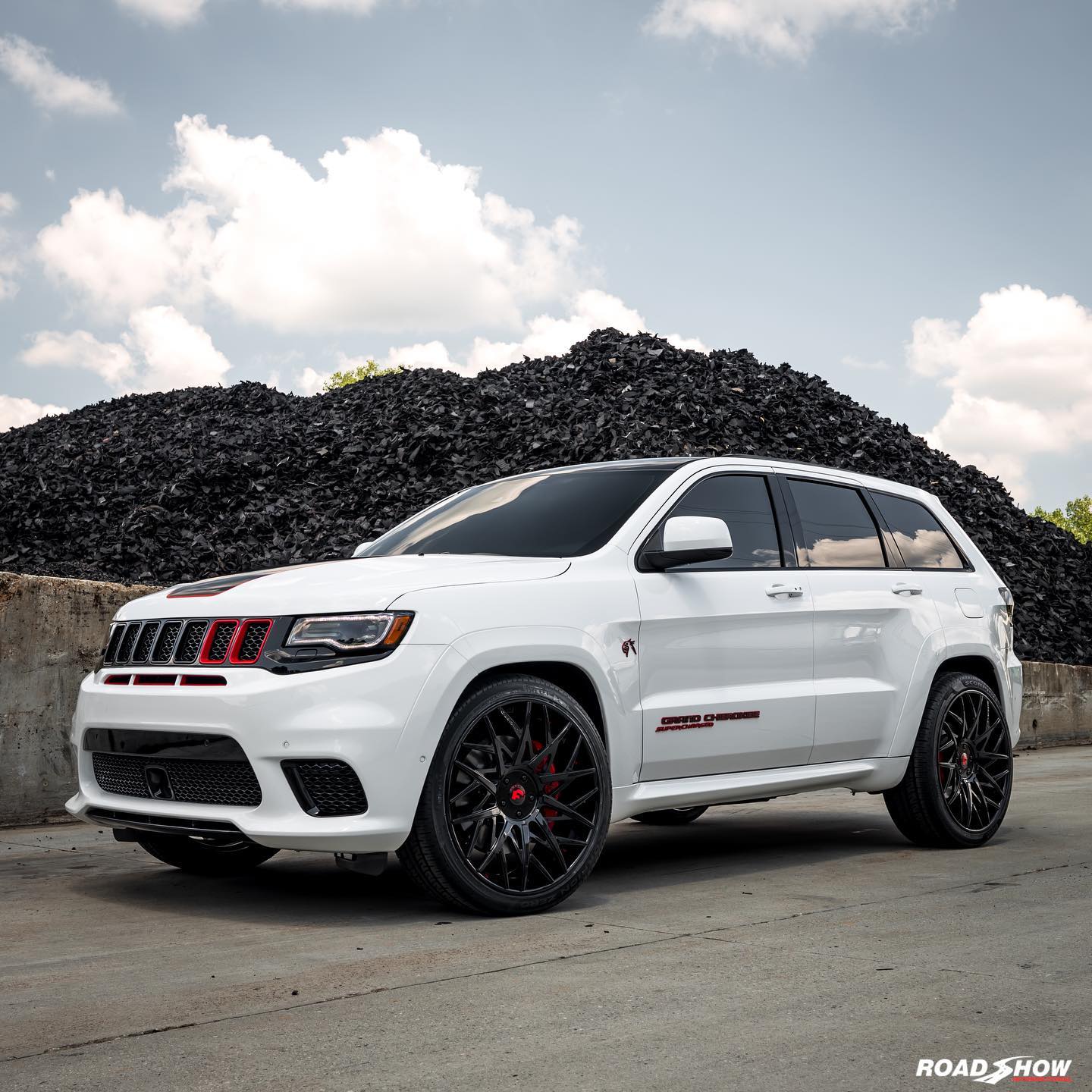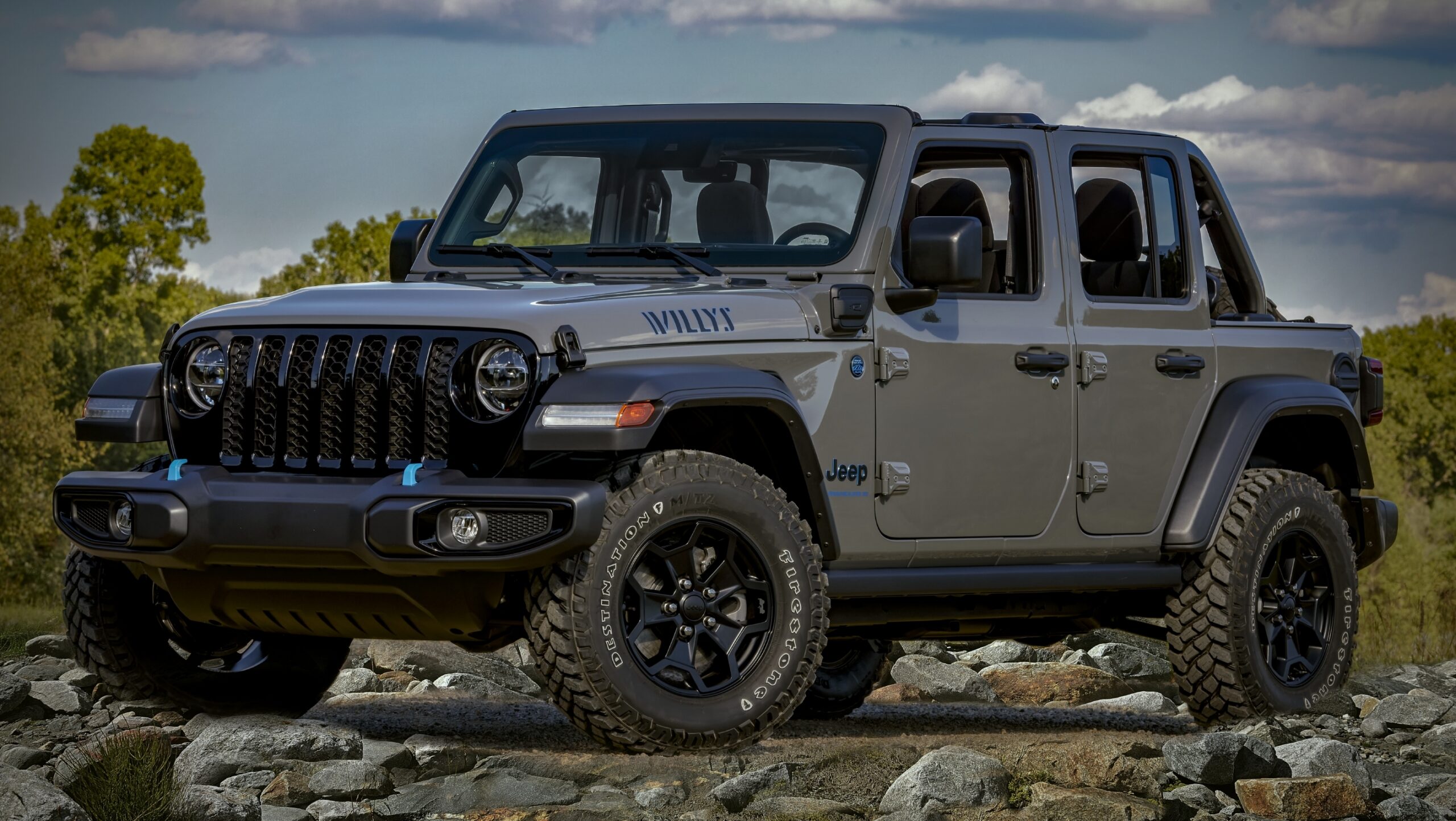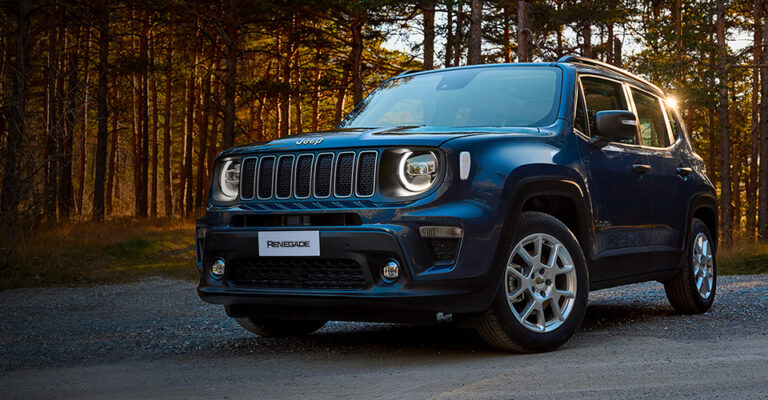Jeep TJ Wheels For Sale: Your Ultimate Guide to Finding the Perfect Rollers
Jeep TJ Wheels For Sale: Your Ultimate Guide to Finding the Perfect Rollers /jeeps.truckstrend.com
The Jeep Wrangler TJ (1997-2006) holds a special place in the hearts of off-road enthusiasts and casual drivers alike. Known for its rugged capability, classic styling, and robust aftermarket support, the TJ is a platform ripe for customization. Central to any Jeep’s performance and aesthetics are its wheels. Whether you’re looking to upgrade for better off-road prowess, enhance your vehicle’s stance, or simply replace worn-out factory rims, the world of Jeep TJ wheels for sale offers a vast array of options.
This comprehensive guide will delve into everything you need to know about finding, selecting, and understanding the nuances of wheels for your beloved TJ. From critical technical specifications to the best places to buy, and from practical buying tips to common pitfalls, we’ll equip you with the knowledge to make an informed decision and roll with confidence.
Jeep TJ Wheels For Sale: Your Ultimate Guide to Finding the Perfect Rollers
Why Are TJ Wheels So Sought After? The Heart of Your Jeep’s Stance
Wheels are more than just a circular piece of metal or alloy that holds your tires; they are a fundamental component that dictates your Jeep’s performance, handling, and visual appeal. For Jeep TJ owners, upgrading wheels often goes hand-in-hand with tire upgrades, lift kits, and other modifications aimed at improving off-road capability or achieving a desired aesthetic. The right set of wheels can provide better tire bead retention, optimize clearance for larger tires, improve cooling for brakes, and dramatically transform the look of your vehicle. Given the TJ’s enduring popularity, the market for new and used wheels remains vibrant, offering solutions for every budget and application.
Understanding Your Jeep TJ’s Wheel Needs: The Technical Essentials
Before you start browsing, it’s crucial to understand the technical specifications that define compatibility and performance for your TJ. Getting these wrong can lead to serious issues, from rubbing and poor handling to an inability to mount the wheels at all.
-
Bolt Pattern: This is arguably the most critical specification. The Jeep TJ uses a 5×4.5-inch (or 5×114.3mm) bolt pattern. This means there are five lug holes, and the circle formed by the centers of these holes measures 4.5 inches (or 114.3 millimeters) in diameter. Do not compromise on this; wheels with a different bolt pattern simply will not fit without adapters, which can introduce other complexities.
-
Diameter (e.g., 15", 16", 17"): This refers to the diameter of the wheel itself.
- 15-inch wheels are common for off-roading as they allow for more tire sidewall, which can be beneficial for airing down on trails and absorbing impacts. Many popular off-road tires are available in 15-inch sizes.
- 16-inch and 17-inch wheels are increasingly popular, especially for larger tires, modern brake clearance, and a more contemporary look. They offer less sidewall, which can translate to a firmer on-road ride but potentially better handling.

-
Width (e.g., 7", 8", 9"): This is the measurement of the wheel from bead seat to bead seat. The wheel width must be appropriate for the tire width you plan to run. Too narrow or too wide a wheel for a given tire can lead to poor tire wear, reduced performance, and even safety hazards. For most TJ applications, widths between 7 and 9 inches are common.
-
Backspacing: This is a crucial measurement often overlooked by newcomers. Backspacing is the distance from the mounting surface of the wheel to the wheel’s rear edge.
- High backspacing (e.g., 5.25 inches, typical for factory TJ wheels) tucks the wheel and tire further into the wheel well. This can cause larger tires to rub on suspension components or the frame when turning or flexing.
- Low backspacing (e.g., 3.75 to 4.5 inches) pushes the wheel and tire further out from the wheel well, providing clearance for wider tires and improving stability. However, too little backspacing can cause tires to stick out excessively, leading to fender flare rubbing, increased stress on wheel bearings, and potentially legality issues in some areas.
-
Offset: Related to backspacing, offset is the distance from the wheel’s mounting surface to the true center line of the wheel.
- Positive offset: The mounting surface is towards the front of the wheel (tucks in).
- Negative offset: The mounting surface is towards the rear of the wheel (pushes out).
- Zero offset: The mounting surface is exactly at the center line.
For TJs running larger tires, negative offset or low backspacing is typically desired.


Types of Jeep TJ Wheels Available: Material and Function
The market offers a diverse range of wheel types, each with its own advantages and disadvantages:
-
Steel Wheels:
- Pros: Very durable, inexpensive, easy to repair (can be hammered back into shape), good for heavy off-road abuse.
- Cons: Heavier than alloy, limited style options, prone to rust if not properly coated.
- Common Use: Budget builds, dedicated off-road rigs where durability trumps weight and aesthetics.
-
Alloy (Aluminum) Wheels:
- Pros: Lighter weight (improves unsprung mass, better fuel economy, better braking/acceleration), wide variety of styles and finishes, better heat dissipation for brakes.
- Cons: More expensive, less durable than steel (can crack or bend more easily on hard impacts), harder to repair.
- Common Use: Daily drivers, show Jeeps, enthusiasts seeking performance and aesthetics.
-
Beadlock Wheels:
- Pros: Designed for extreme off-roading, a mechanical ring clamps the tire bead to the wheel, allowing you to run extremely low tire pressures (single digits PSI) without fear of the tire coming off the bead.
- Cons: Very expensive, very heavy, require specific maintenance, often not DOT approved for street use (check local laws).
- Common Use: Dedicated rock crawlers, serious expedition vehicles.
-
Factory/OEM Wheels:
- Pros: Guaranteed fitment, often available used at low cost, good for stock replacement or mild upgrades.
- Cons: Limited styling, often higher backspacing not ideal for larger tires.
-
Aftermarket Wheels:
- Pros: Huge variety of styles, finishes, and specific backspacing/offset options tailored for lifted Jeeps and larger tires.
- Cons: Quality varies widely by brand and price point.
Where to Find Jeep TJ Wheels For Sale
The hunt for the perfect wheels can lead you to various sources:
- Online Marketplaces:
- eBay: Vast selection of new and used, often with shipping options. Be wary of "too good to be true" deals.
- Facebook Marketplace/Groups: Excellent for local deals, often from other Jeep enthusiasts. Look for dedicated Jeep TJ groups.
- Craigslist: Good for local pickups, but requires careful screening of sellers.
- Specialized Off-Road Retailers:
- Quadratec, ExtremeTerrain, 4 Wheel Parts: These are major players offering a huge selection of new aftermarket wheels, often with knowledgeable sales staff and fitment guarantees.
- Local Jeep Clubs/Forums: Members often upgrade and sell their old parts. This is a great way to get trusted advice and good deals.
- Salvage Yards/Auto Recyclers: Can be a treasure trove for OEM wheels at very low prices, but condition varies widely.
- Tire Shops: Many tire shops also sell wheels, and can often offer package deals.
Tips for Buying Jeep TJ Wheels (Especially Used)
Buying used wheels can save you a significant amount of money, but it requires diligence.
- Inspect Thoroughly:
- Cracks: Check around the lug holes, spokes, and the inner and outer barrels for any hairline cracks.
- Bends/Dents: Spin the wheel if possible to check for wobbles. Look for flat spots on the lip or barrel.
- Rust/Corrosion: For steel wheels, surface rust is common, but deep pitting can be an issue. For alloy, look for oxidation, especially around the bead seat.
- Curb Rash/Scratches: Minor cosmetic damage is common and often acceptable for off-road wheels, but severe damage could indicate underlying issues.
- Lug Holes: Ensure they are not egg-shaped or worn, which can indicate improper torqueing or loose lug nuts.
- Confirm Specifications: Always double-check the bolt pattern, diameter, width, and especially backspacing/offset. Don’t just take the seller’s word; measure if you can.
- Ask Questions: Inquire about the wheels’ history (how long were they on the Jeep? Were they ever involved in an accident? Why are they being sold?).
- Consider the Source: Buying from a fellow enthusiast or a reputable shop is generally safer than a random online seller.
- Tire Package Deals: Wheels are often sold with tires. If the tires are in good condition and the right size, this can be an excellent value. Factor in the cost of tire removal if you only want the wheels.
- Negotiate: Don’t be afraid to make a reasonable offer, especially for used items.
Tips for Selling Your Jeep TJ Wheels
If you’re upgrading and selling your old wheels, a little effort can go a long way.
- Clean Them Up: A clean set of wheels looks much better in photos and in person.
- Take Good Photos: Capture multiple angles, highlight any damage, and show them in good lighting.
- Provide Detailed Information: Be transparent about the specs (diameter, width, backspacing, bolt pattern) and condition (any scratches, dents, or repairs).
- Set a Realistic Price: Research similar wheels for sale to price competitively. Consider the condition and age.
- Be Responsive: Answer questions promptly and courteously.
- Safety First: If meeting in person, choose a public place.
Potential Challenges and Solutions
- Finding the "Perfect" Set: With so many options, narrowing it down can be overwhelming. Solution: Prioritize your needs (off-road performance, street aesthetics, budget) and use filters on online marketplaces.
- Shipping Costs: Wheels are bulky and heavy. Solution: Prioritize local pickups, or factor shipping into your budget. Ask sellers for shipping quotes upfront.
- Condition Discrepancies: What looks good in photos might not be in person. Solution: Always inspect in person if possible, or ask for high-resolution, detailed photos of any imperfections. If buying online from a major retailer, check their return policy.
- Compatibility Issues: Accidentally buying the wrong bolt pattern or backspacing. Solution: Measure, measure, measure! Verify all specs before purchasing. Consult forums or experts if unsure.
Price Guide: What to Expect When Buying Jeep TJ Wheels
Prices for Jeep TJ wheels can vary dramatically based on material, brand, condition (new vs. used), and design complexity. The table below provides a general range per wheel.
| Wheel Type/Condition | Diameter Range | Width Range | Backspacing Range (Typical) | Price Range (Per Wheel) | Notes |
|---|---|---|---|---|---|
| Used OEM Steel | 15-16" | 7-8" | 5.25" | $25 – $75 | Basic, often with some rust/scratches. Good for budget/winter. |
| Used OEM Alloy | 15-16" | 7-8" | 5.25" | $50 – $150 | Lighter, better looks than steel. Minor curb rash common. |
| Used Aftermarket Alloy (Basic) | 15-17" | 8-9" | 3.75" – 4.75" | $75 – $200 | Popular styles (e.g., Cragar Soft 8, Pro Comp). May have trail rash. |
| Used Aftermarket Alloy (Premium/Beadlock) | 15-17" | 8-10" | 3.0" – 4.5" | $200 – $500+ | High-end brands (e.g., Method, KMC, Raceline). True beadlocks are expensive. |
| New Aftermarket Steel | 15-17" | 8-9" | 3.75" – 4.75" | $60 – $120 | Durable, often for budget builds or dedicated off-road use. |
| New Aftermarket Alloy | 15-17" | 8-10" | 3.75" – 4.75" | $120 – $350+ | Wide variety of styles and finishes from numerous brands. |
| New True Beadlock Wheels | 15-17" | 8-10" | 3.0" – 4.5" | $300 – $600+ | For serious off-road use, allows extremely low tire pressure. Not always street legal. |
Note: These are approximate ranges and can fluctuate based on market demand, brand popularity, specific design, finish, and overall condition. Prices typically reflect per wheel.
Frequently Asked Questions (FAQ)
Q1: What is the best wheel size for a Jeep TJ?
A1: There’s no single "best" size. 15-inch wheels are popular for serious off-roaders due to more sidewall flex. 16-17 inch wheels are common for larger tires (33"+) and provide a more modern look with potentially better on-road handling. Your choice depends on your primary use (off-roading vs. daily driving) and desired tire size.
Q2: Do I need new lug nuts when I buy new wheels?
A2: Often, yes. Aftermarket wheels frequently require specific lug nuts (e.g., tapered, acorn-style) to properly seat and secure the wheel. Factory lug nuts may not be compatible. It’s best to confirm with the wheel manufacturer or retailer.
Q3: What is backspacing, and why is it important for a TJ?
A3: Backspacing is the distance from the wheel’s mounting surface to its rear edge. It’s crucial for TJs because it determines how far your wheel and tire stick out or tuck in. For larger tires (e.g., 31" and up), lower backspacing (e.g., 3.75" – 4.5") is often needed to prevent tires from rubbing on the frame, control arms, or sway bars, especially when turning or articulating.
Q4: Can I put Jeep JK wheels on my TJ?
A4: Generally, no, not without adapters. Jeep JK (2007-2018) and newer JL (2018+) models use a 5×5-inch (5x127mm) bolt pattern, while the TJ uses 5×4.5-inch (5×114.3mm). You would need wheel adapters/spacers to bridge this difference, which adds cost, weight, and another potential point of failure.
Q5: How much do new TJ wheels cost compared to used?
A5: New wheels will almost always be more expensive than used, often by a significant margin. Used wheels can be 30-70% cheaper, especially OEM or common aftermarket designs. The trade-off is the condition; new wheels are pristine, while used ones may have cosmetic imperfections or signs of wear.
Q6: What’s "trail rash" and should I be concerned?
A6: "Trail rash" refers to cosmetic scratches, scrapes, and minor dents on wheels caused by contact with rocks, trees, or other obstacles during off-road driving. For a dedicated off-road TJ, a bit of trail rash is often a badge of honor and generally not a structural concern unless it’s severe (e.g., deep gouges, cracks, major bends).
Conclusion: Rolling Onward with Confidence
The journey of finding the perfect Jeep TJ wheels for sale is an exciting one, offering the chance to significantly enhance your Wrangler’s performance, capability, and curb appeal. By understanding the critical technical specifications like bolt pattern, backspacing, and diameter, and by knowing the different types of wheels available, you’ll be well-equipped to navigate the vast market. Whether you opt for rugged steel, stylish alloy, or specialized beadlocks, taking the time to research, inspect, and choose wisely will ensure your TJ is ready for whatever adventure lies ahead. So, go forth, find those perfect rollers, and enjoy the open road and rugged trails with confidence!






